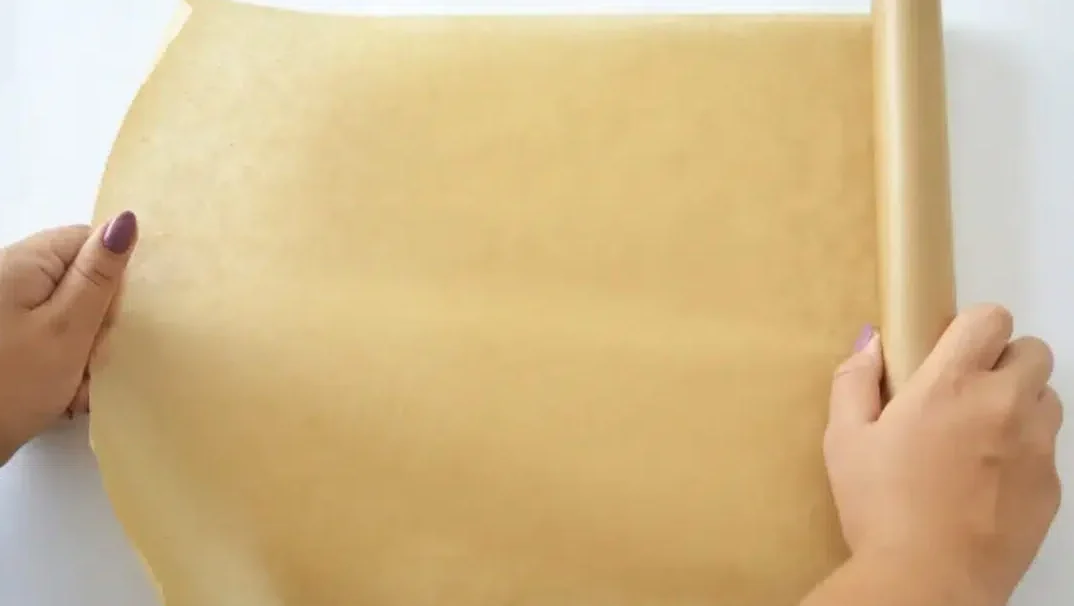Introduction
Parchment paper is widely used in baking and cooking for its nonstick convenience and easy cleanup. However, despite its popularity, there are important limitations and safety considerations that often go overlooked. Understanding when and how to use parchment paper safely helps prevent kitchen mishaps and protects food quality.
Origin & Cultural Significance
Parchment paper has its roots in traditional parchment made from animal skin. Modern parchment paper emerged in the late 19th century, when plant-based cellulose was treated to create a heat-resistant, nonstick surface. Today, it is a staple in home and professional kitchens worldwide, valued for baking bread, pastries, and roasting vegetables. Its ease and reliability make it an essential tool in global culinary practice.
Ingredients / Components
(Not a recipe — here are core material features)
- Cellulose-based paper
- Silicone coating (commonly used)
- Polyethylene coating (less common)
Optional Alternatives
- Silicone baking mats
- Aluminum foil
- Greased baking sheet
- Cast-iron skillet
- Ceramic baking dish
Tips for Success
Always check the packaging for maximum heat tolerance
Keep parchment away from direct flame, broilers, and high heat
Trim edges so paper doesn’t hang over pan
Use silicone-coated parchment for best heat resistance
Use oven-safe alternatives when cooking at very high temperatures
Why You Should Think Twice
Parchment paper is useful, but it’s not suitable for all cooking situations.
Common concerns:
- Heat limits — Most brands are only safe up to 420–450°F (215–230°C)
- Fire risk — It can ignite when exposed to broiler heat or open flame
- Chemical coatings — Low-quality parchment may contain coatings that degrade under high heat
- Loss of structure — Paper can char, curl, and become brittle
Instructions for Safe Use
- Preheat oven below the recommended paper limit (usually 420–450°F).
- Cut parchment to fit inside baking pan; avoid overhang.
- Place food on parchment and bake as usual.
- Never place parchment directly on oven rack or near flame.
- Avoid broiling while using parchment paper.
- Discard if browned or brittle.
Description
When used properly, parchment paper provides a clean, nonstick surface perfect for baking cookies, roasting vegetables, or preparing fish. The silicone coating prevents sticking while allowing even cooking. However, at excessive temperatures, the paper may discolor, smolder, or ignite — making awareness of heat tolerances essential.
Nutritional Information
(Not applicable — no food ingredient)
Conclusion
Parchment paper is incredibly useful in everyday cooking, especially for baking. Still, it’s not a one-size-fits-all solution. Using it above its temperature limit, under the broiler, or too close to open flame can lead to kitchen hazards. Checking heat ratings and using proper alternatives ensures safety and high-quality results.
Recommendation
Use parchment paper responsibly—at moderate temperatures and with proper positioning. For high-heat cooking, broiling, or grilling, switch to safer options like silicone mats, aluminum foil, or cast-iron cookware.
Embracing Healthful Indulgence
Choosing the right cooking tools enhances flavor while protecting your wellbeing. By staying mindful of parchment paper’s limitations and switching to healthier, heat-safe alternatives when needed, you can enjoy your favorite dishes with confidence, convenience, and safety.
